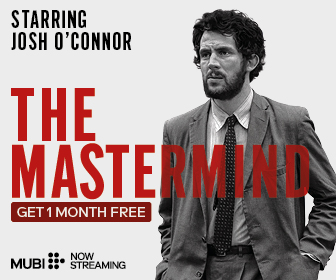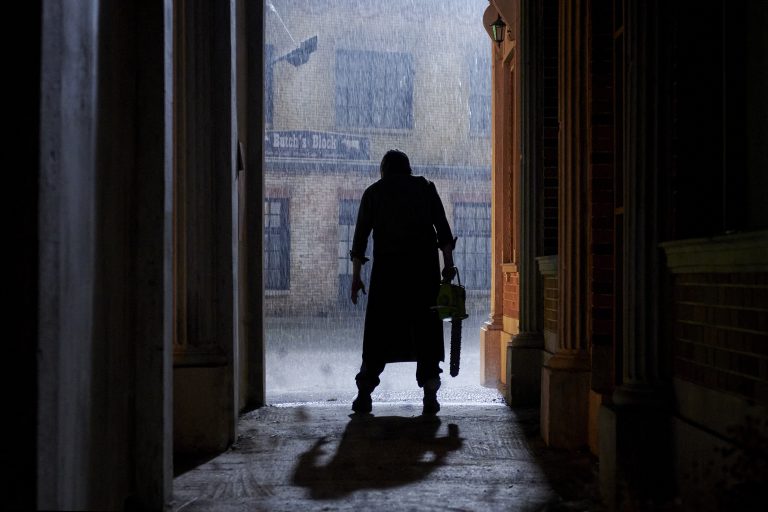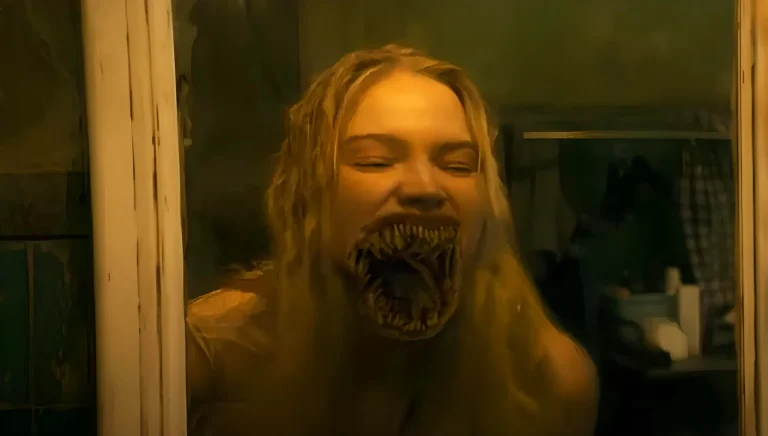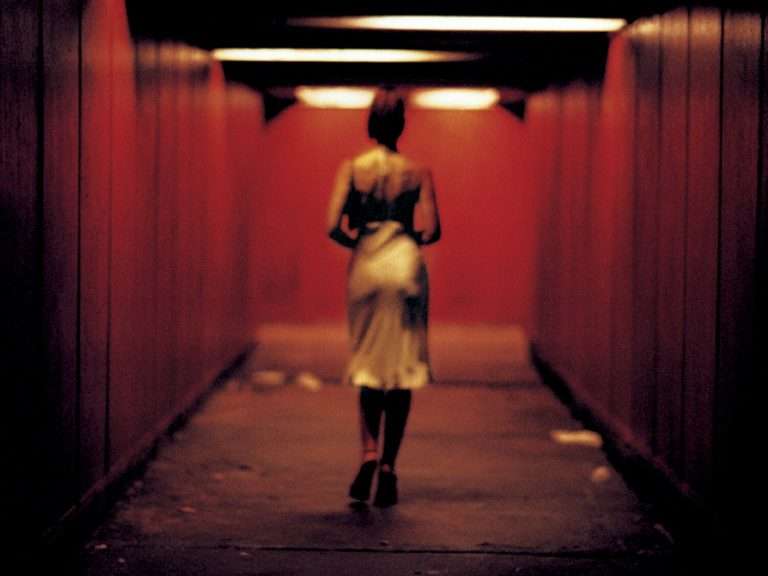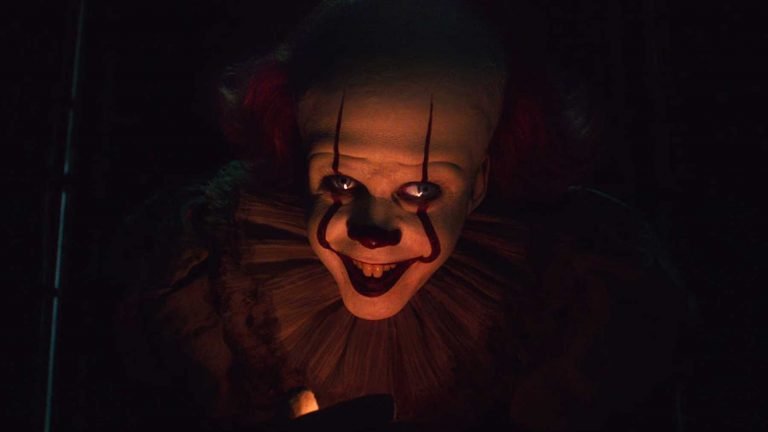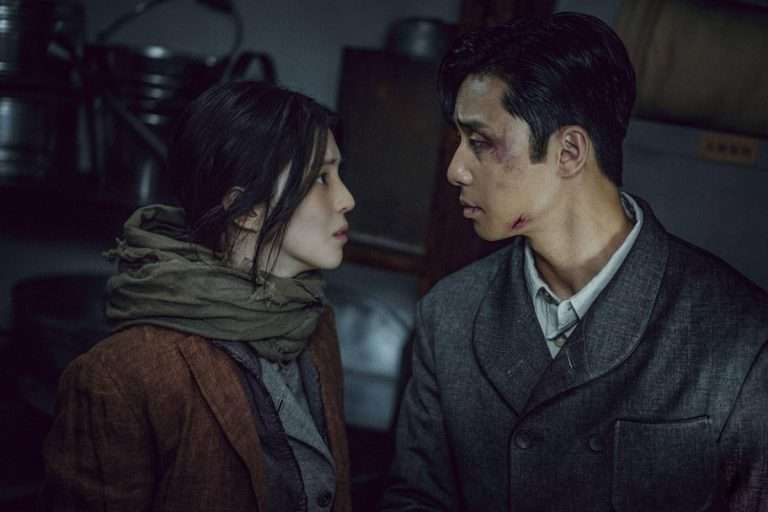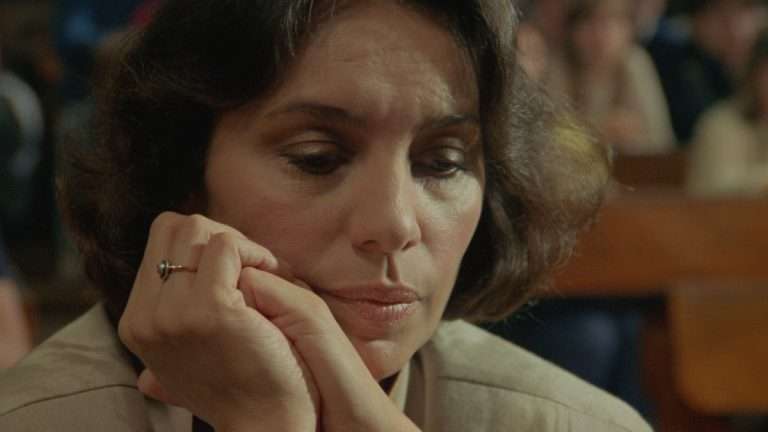A lot of us have spent time in dark places. Literal dark places, like an alleyway at 2 am, where you’re not sure the person you’ve been called to check on is alive or dead, as well as metaphorical ones. But over the years, there was nothing, and I mean nothing, to prepare me for the certain kind of messed-up relationship horror cinema has with women. It’s complicated, occasionally brilliant. And most often it’s as subtle as a chainsaw to the face.
Let’s start with what we already know, because we have to get the obvious out of the way before we dig into the good stuff. Horror does love women. Horror also loves to dismember, terrorise, and psychologically torture women. These two truths exist simultaneously, like a perfectly cooked steak that also gives you bad food poisoning. Say hello to the contradiction.
The term “scream queen” alone should give you a decent enough idea of how the genre first packaged its female performers. “Your job, sweetheart, is to look frightened and make a lot of noise.” The patron saint of this, Jamie Lee Curtis, made a whole career of running from Michael Myers while wearing a cardigan. And God bless her for it, because “Halloween” caused a fundamental shift in how we consume fear.
But where it gets interesting, where we lean forward thoughtfully to emphasise the point, is when we realise Curtis wasn’t just screaming, she was surviving. The “Final Girl” trope was named in Carol J. Clover’s remarkable book “Men, Women, and Chainsaws,” and it went on to become an accidental feminist icon in horror. It wasn’t that she was empowered in any contemporary, corporate-sponsored sense of the word, but rather because she endured. She out-lived the drunk ones, promiscuous ones, and the ones who suggested splitting up when they really should have stayed together. She stayed standing not because of superpowers or rescue by a man, but through sheer, bloody-minded grit.
The Final Girl, the Laurie Strodes, Nancy Thompsons, Sidney Prescotts, they’re virginal, yes. And that tells you a lot about the genre’s squeamishness around female sexuality. They’re more often than not a brunette, usually bookish, the one who didn’t get the invite to the cool kids’ party. And when the knife starts slicing, she doesn’t survive by luck. She adapts and learns. She picks up whatever is close to hand, a knitting needle, a coat hanger, even a fucking lawnmower, and starts fighting back.
Is this misogynistic? Is this feminist? Yes to both. Together. Horror doesn’t really do simple.
We have to talk about the male gaze. You know, the tedious but necessary concept that film students don’t shut up about at parties. In horror, there is complicity in the camera. It lingers and leers. It takes on the perspective of the killer and all of us, whatever gender, are forced into the position of voyeur, stalker, or predator. We all watch the nubile teenager getting undressed through the window and follow her into the shower. Like it or not, we are implicated in her violation.
It’s deeply uncomfortable, which is exactly the point. But it also shows us the thing that is rotten at the core of horror. It has, for a very long time, eroticised female vulnerability. A breast is exposed just before the knife, or in a shower scene. A girl is sleeping in her underwear, unaware of the large killer standing in the doorway. We are being asked to find pleasure, and sometimes arousal, in the fear and death of females.
Director Brian DePalma knew this well. His movies, in particular “Body Double” and “Dressed to Kill,” connect sex and violence so explicitly that it almost becomes pornographic. His camera worships the female form, then destroys it. Alfred Hitchcock did it first, and maybe better, with “Psycho.” He killed off his leading lady halfway through and made us all complicit in our own shock. They knew just what they were doing, making us uncomfortable in our desire to look. But eventually something shifted.
Contemporary horror, being made by women and reclaiming the genre, has started to weaponize the male gaze itself. Movies like “Raw” by Julia Ducournau, “Saint Maud” by Rose Glass, and “The Invitation” by Karyn Kusama understand the visual language of exploitation. They then deliberately subvert it. We look, and then are punished for looking in ways that horror that came before never quite dared.
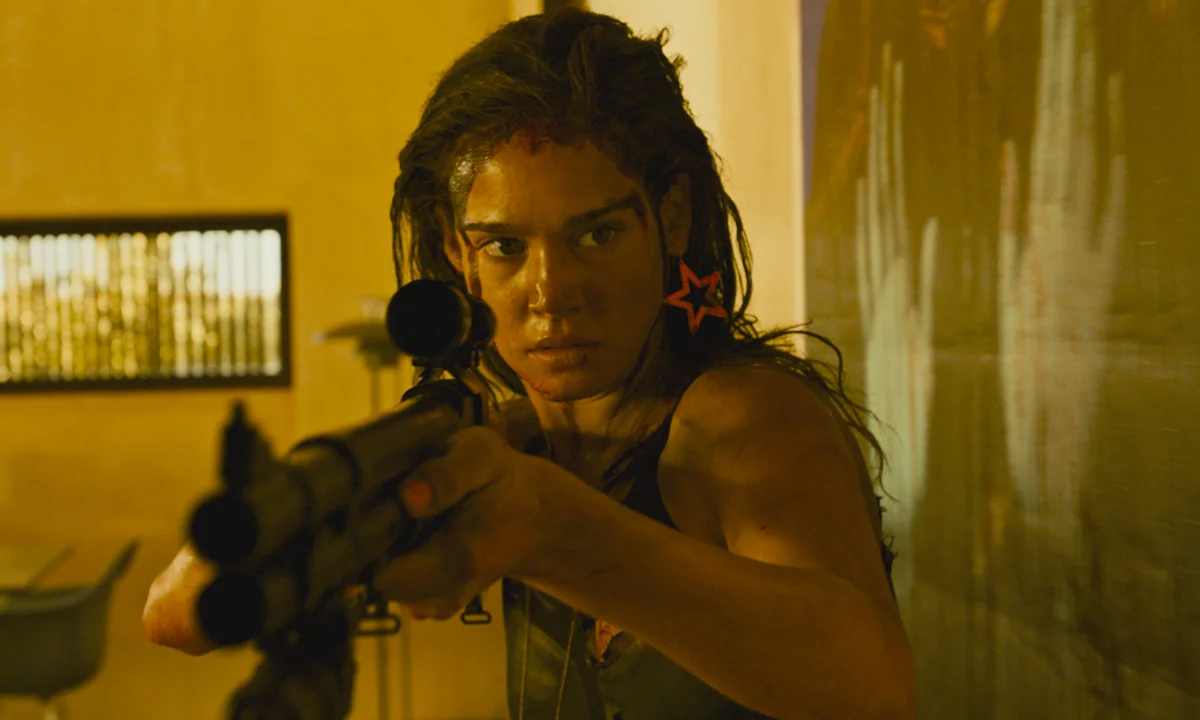
While You’re Here: The 7 Best Body Horror Movies of All Time
The catalogue of female archetypes that runs through horror is like a greatest hits album of patriarchal anxieties. Let’s take a look.
The Mother: She is either a saint and won’t live through the movie (check out the whole “Insidious” franchise) or she is the source of all evil in the world. Carrie White’s mom, Norman Bates’ mom, the mother in “Hereditary,” is passing down trauma like some screwed-up family recipe. In horror cinema, motherhood is martyrdom or monstrosity with very little room for the middle ground. The anxiety of the vagina dentata is real, people. Men have been petrified of maternal power ever since they realised where babies actually come from.
The Whore: If you’re a woman enjoying sex in a horror movie, you have a target on your back. Simple as that. Slasher movies made this clear. You screw, you die. It’s almost a law of physics. It isn’t puritanism, although that’s certainly a big part of it. It’s a punishment for female agency, for women who own their desire, instead of existing just as an object for male cravings. The sexually active girl dies not because sex is dangerous, but because female sexuality is threatening to the patriarchal order.
The Witch: Now we’re getting somewhere. In modern horror, the witch is having a bit of a moment, and thank God for it. Movies like “The Witch,” “Suspiria,” and “The Love Witch” all depict the figure of the witch as representing female power outside of patriarchal structures. The witch is dangerous because she doesn’t need approval or protection from any man. Rather, she has her own knowledge and rituals. Her own power.
The witch hunts throughout history were always about controlling women who stepped out of their approved roles. Midwives, healers, and women who lived independently. This is something horror understands. The witch is frightening because she refuses to be an object or a victim. She acts.
Something we have to talk about now, and it will leave a bad taste in our mouths, is the rape-revenge movie. “I Spit on Your Grave,” “Ms. 45,” and “Last House on the Left,” movies like these, represent horror when it is most explicitly engaged with the issue of gendered violence. And it’s a damn minefield.
On one side of the coin, these movies give women control in their own revenge narratives. The script is flipped, and the victim becomes the avenger. But then again, we have to watch, often in explicit detail, sexual violence against women so that we can “earn” the catharsis in revenge. Is that really empowerment? Or is it just exploitation dressed up in the clothes of feminism?
The newer wave of these types of movies, like “Promising Young Woman,” “Violation,” and “Revenge,” try to navigate this difficult terrain with a bit more nuance. There is more interest in the psychological aftermath and how trauma doesn’t just end as the credits roll. There is also more awareness of the fact that revenge might not actually solve anything, or provide the sort of catharsis that the genre traditionally promised. This may be more honest, but it is less satisfying.
Where horror gets honestly interesting is when it uses its capacity for visceral disgust to examine specifically female experiences of embodiment. Pregnancy, menstruation, and menopause, just the basic facts of living in a female body in a world that both fears and fetishises it. Werewolf mythology is used as a metaphor for puberty, so obvious that it’s almost genius in “Ginger Snaps.”
The vagina dentata myth is made flesh in “Teeth” and “Raw,” connecting sexuality and coming-of-age with cannibalistic hunger. These movies understand that, for women, their bodies are already a site for horror, of bleeding, penetration, potential violation, and the terror of pregnancy, whether wanted or unwanted.
David Cronenberg’s career was built on body horror, but it lands differently when female directors take on the same subject matter. Directed by Coralie Fargeat, “The Substance” rips into our collective obsession with female youth and beauty. It has all the subtlety of a sledgehammer and the precision of a scalpel. It is nauseating and grotesque. But it is also realism.
The genre of pregnancy horror, with movies like “Rosemary’s Baby,” “Prevenge,” and even in its own special way, “The Fly,” drills into an anxiety that is uniquely female. That is, the fear of losing control over your own body, hosting something that may destroy you from the inside. All pregnancies involve parasitism, transformation, and invasion. The pregnancy horror genre makes the metaphor literal. If we look at possession movies, they reveal another interesting anxiety: just what happens when women speak with power and authority, with rage. When the female voice is no longer socially acceptable and pleasing?
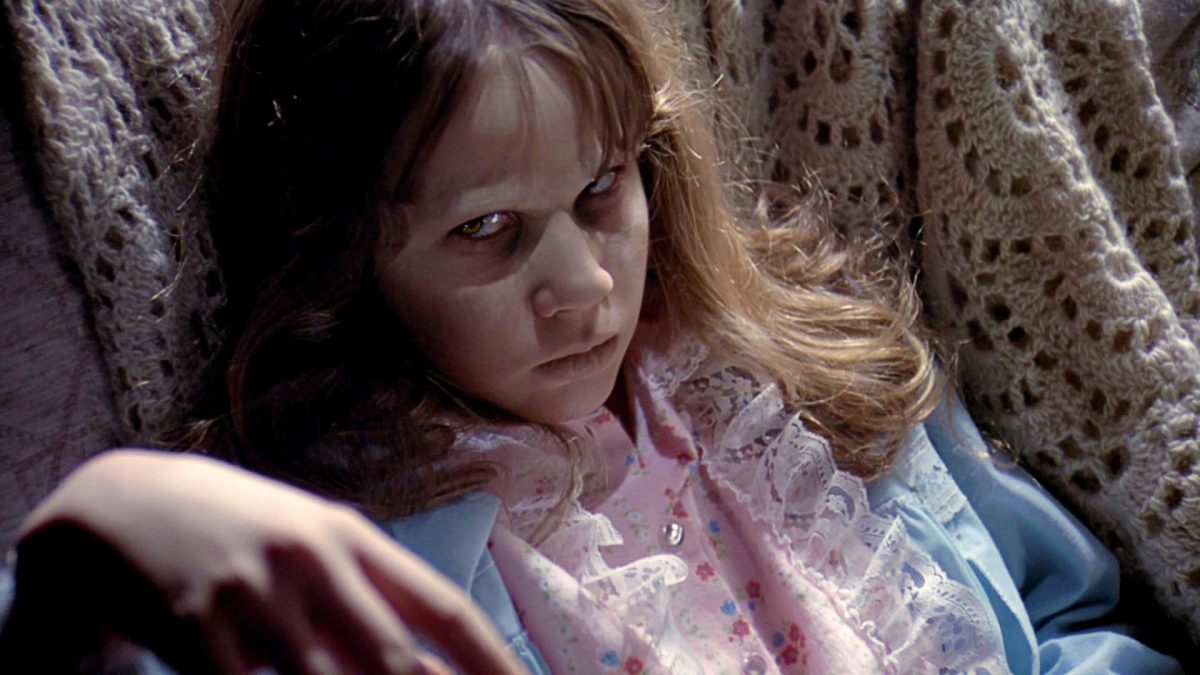
Must Check Out: 10 Most Abusive Women in Movies
The gold standard, of course, remains “The Exorcist.” And it is telling in the transformation of the young Regan MacNeil. The innocent child is transformed, becoming crude, sexually explicit, and violent. Everything a little girl shouldn’t be. The male priests have to literally beat the devil out of her so that she can be restored to the acceptable level of femininity. It’s not exactly subtle.
However, possession also permits the female characters to be monstrous or to be violent and express rage in a way that would otherwise be considered unacceptable. The possessed woman can yell ‘fuck you!’ hurt people, become more powerful, while at the same time maintain a level of plausible deniability because it isn’t her, really. It’s the demon. And while this can be liberating, it’s also very limiting.
Something has changed. Perhaps it was the #MeToo movement, or perhaps it was women simply having more access to the budgets and cameras. But in the last decade, horror has been having a word with itself, dealing with its own problematic history while at the same time pushing the genre forward.
“The Babadook” from Jennifer Kent takes us through maternal ambivalence, the uncomfortable fact that mothers sometimes don’t bond with their children. And also that motherhood can be rage-inducing and exhausting. Something similar occurs in Ari Aster’s “Hereditary,” although filtered through the lens of a male director. These movies aren’t punishing women for having these complex feelings; instead, they let us sit with that discomfort.
Jordan Peele’s “Get Out” used horror as a way to explore race, but it also had a strong message about the complicity of white women in racist violence. Rose Armitage is deeply frightening because she weaponises the white feminine innocence and knows just how powerful that performance can be.
In “Midsommar” from Ari Aster again, we have a breakup movie that is disguised as a folk horror. The ultimate catharsis is not when some monster is defeated, but when Dani finds community, twisted as it may be, with other women. Literally burning the boyfriend comes in second place to Dani’s recognition that she has been repeatedly gaslit and abandoned emotionally.
There is an uncomfortable truth with horror cinema audiences. And it’s that we are complicit in the genre’s treatment of women. It’s we who buy the tickets and cheer when the mean and popular girl gets killed. We watch rape scenes. We vote with money and attention. But also, we are changing what we’ll accept. Movies that would have played to constantly packed cinemas twenty or thirty years ago now face criticism and boycott. It isn’t just an academic conversation we’re having around representation anymore. We can now affect box office and streaming numbers, along with cultural relevance.
Horror cinema has long been a conversation with the fear and desire of its audience. And for so many decades, those fears were centred on female sexuality and autonomy, female power. A woman was a monster or a victim. And most of the time, the transition from one to the other came through childbirth or sexuality. Now, horror is being made for women, by women, and about women’s real fears and experiences. Not the fears men project onto women, but real fears women live with daily. Male violence, being coerced to get pregnant, and getting older in a society that equates their value with their looks. Simply walking alone at night.
Horror will never be “safe”, of course. That isn’t its job. It’s here to disturb us, disgust us, and push boundaries. To make us uncomfortable. But there is a massive difference in horror that works to challenge us, and horror that recycles the same old, dreary misogyny for a quick profit.
The future of women in horror, in front of the camera and behind, looks a lot more interesting and stranger than its past. Now, we’re getting horror that centres on female friendships, rage, and weirdness. We’re getting movies that don’t need women to be likable or easy to digest. We have monsters who are mothers, virgins who survive by their intelligence rather than being pure, and women who go for violence instead of waiting to be struck by the male first.
The Final Girl is evolving more. She isn’t just the movie’s survivor; she’s interrogating the structure that made her survival a thing of note in the first place. She wants to know why her friends had to die, why the killer was always watching through windows in the first place. There have always been politics in horror; it holds a funfair’s mirror up to the anxieties of any culture. But now those anxieties are starting to shift. The terms of power, gender, and violence are being renegotiated collectively. And as always, horror is leading from the front, covered in blood and not looking away.
The screaming goes on. But more and more, it’s screaming back. The genre that once considered women’s bodies as simply things to be slashed is slowly and imperfectly learning to see women as whole, real people who happen to be covered in gore. It’s progress, in its own way. In the same kind of way that getting stabbed with a clean knife is better than getting stabbed with a rusty one. You’re still bleeding, but at least now we’re talking infection.

